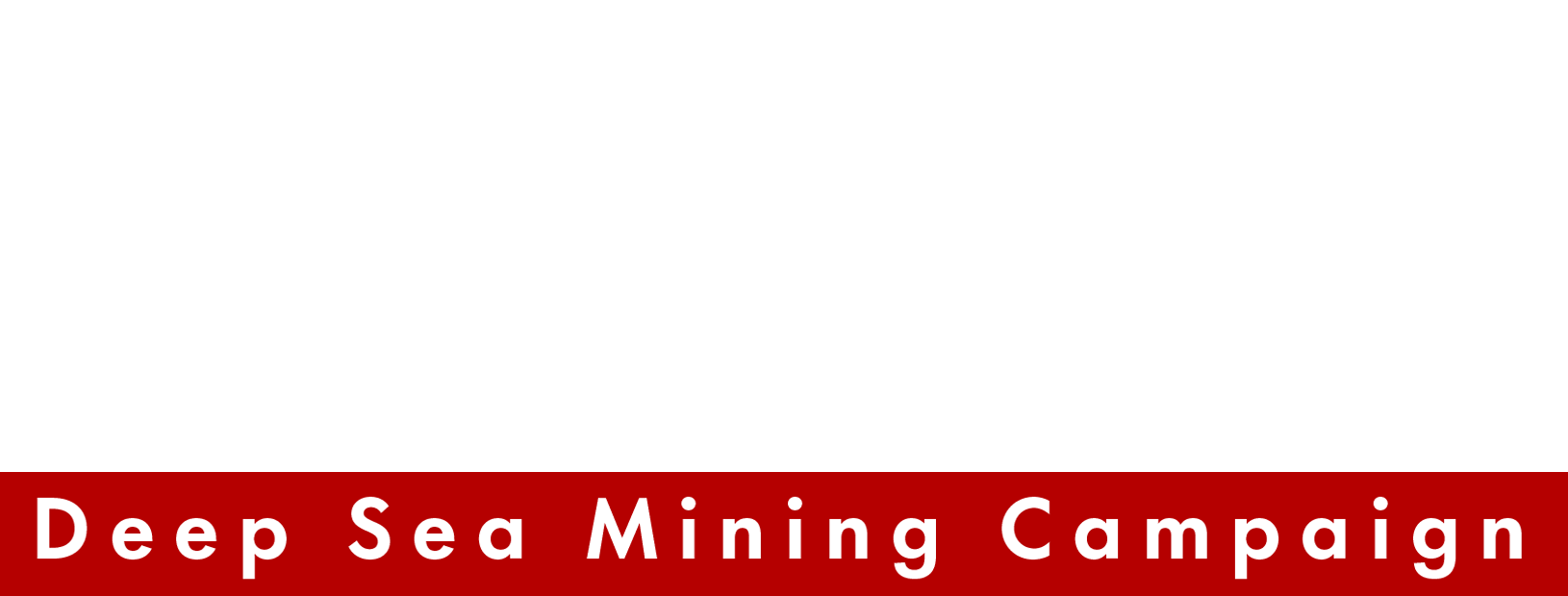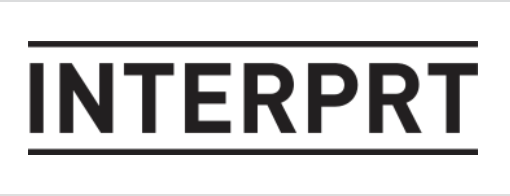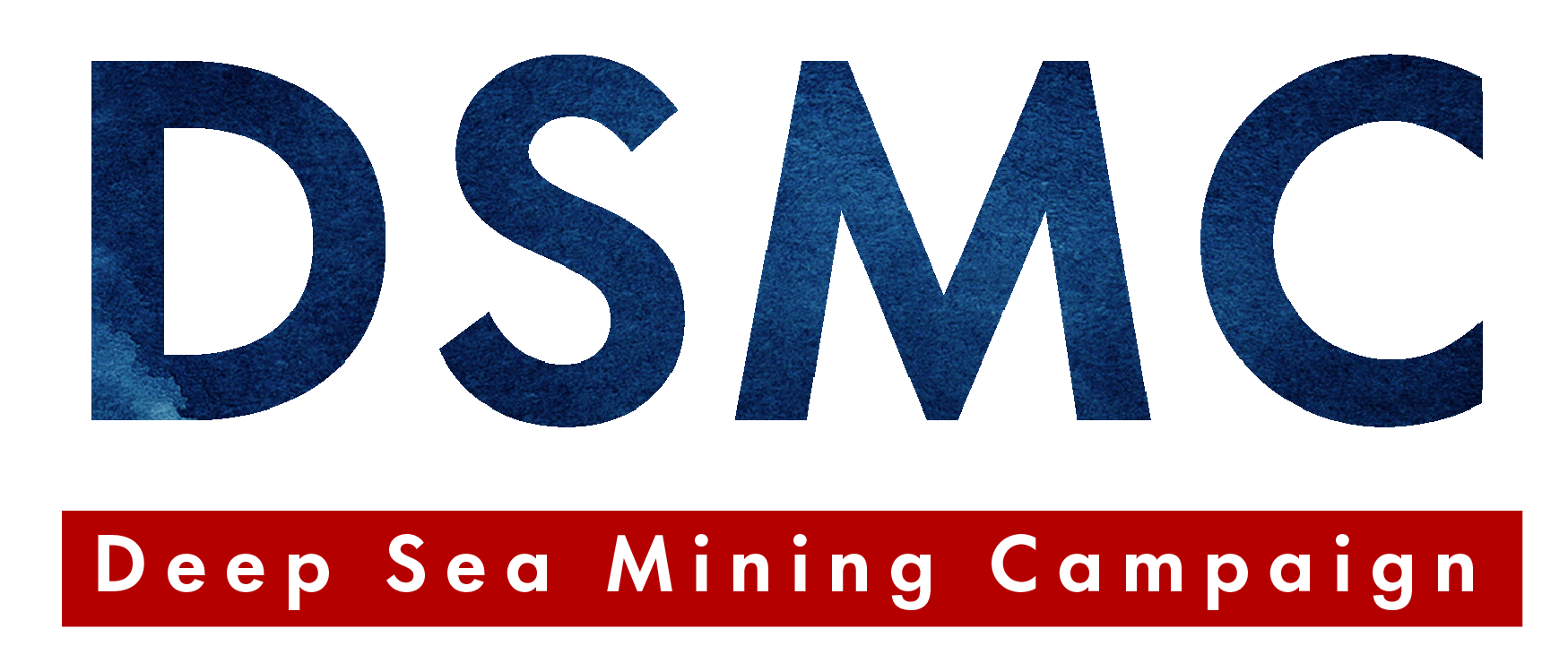MEDIA ADVISORY
NEW MODELLING PREDICTS DEEP SEA MINING BY TONGA AND THE METALS COMPANY TO POLLUTE HAWAII AND KIRIBATI WATERSMEDIA ADVISORY
28 September 2022
NEW MODELLING PREDICTS DEEP SEA MINING BY TONGA AND THE METALS COMPANY TO POLLUTE HAWAII AND KIRIBATI WATERS
Impacts on health and livelihood of the peoples of Hawaii and Kiribati could translate into crippling liabilities for Tonga and The Metals Company
WHAT: Blue Peril is a visual investigation that presents a scientifically robust and disturbing picture of far-reaching impacts of deep sea mining for Pacific Island communities. It highlights the serious implications for Pacific Island economies and way of life – with Hawaii and Kiribati predicted to be in the firing line. Focusing on the Tonga and Nauru sponsored licence areas of The Metals Company (TMC) in the Pacific Ocean, Blue Peril incorporates the best publicly available data into internationally accredited oceanographic and spatial imagery programs. Blue Peril is accompanied by technical notes.
Watch video: www.blueperil.org
BLUE PERIL PREDICTS
- It would take only 3 months for pollution discharged by The Metals Company (TMC) in its Tonga sponsored license area to reach Hawaiian and Kiribati waters (the Northern Line Islands).
The pollution will result from wastewater (effectively mine tailings) produced 24/7 by initial processing of polymetallic nodules on board the support ship. Piped to about 1100m under the surface. It will contain seabed sediment and could carry toxic heavy metals and processing chemicals into marine food chains. As the pollution spreads it will come into contact with many species including tuna and other commercial fisheries, sharks, turtles, whales, dolphins and even seabirds. How far will the pollution spread over a 30 year mining license and who will pay the price? - TMC would destroy an area of seabed equivalent to the land area of the whole of Hawaii in the 30 year license period it could be granted. This modelling was conducted for TMC’s Nauru-sponsored (NORI D) licence area – where TMC announced it would begin experimental mining this September.
In just one year, TMC could destroy up to 600km2 of seabed – larger than the land area of Palau. The deep seabed is home to unique species and ecosystems that play important roles in wider ocean and planetary health e.g.; through carbon sequestration, nutrient cycling, and balancing ocean chemistry. No Pacific Island state should want to sponsor such destruction. - The sediment cloud (or plume) that will be generated by TMC mining the seabed in its Nauru (NORI D) license area would spread over 200 kms in only 30 days, producing a seabed dust storm that could harm thousands of marine species.
The sea bed dust storms that would be churned up by huge mining machines (taller than a 2 story house) will smother animals, interfere with their ability to see, to move around, to feed and reproduce. The sediment will clog the gills of fish and may carry toxic heavy metals. Over a 30 year license period, thousands of species could become extinct. Do Pacific island people consent to their governments partnering with developed nation mining companies to cause such irreparable damage – yet again.
WHY: Right in the backyard of Pacific Island states, the Clarion Clipperton Zone (CCZ – a high seas area stretching ~4500 km between Hawaii and Kiribati across to Mexico) is poised to become the largest mining operation in world history. The world relies on the International Seabed Authority (ISA) to oversee and regulate the emerging DSM industry in the interests of humankind and environmental protection. However, the ISA’s conflicting responsibilities, and the Secretariat’s collusion with mining interests undermines its ability to fulfil its mandate. Against this backdrop, Blue Peril provides a compelling argument for stopping DSM before it starts. Blue peril is the first science based visual investigation of the likely impacts of DSM in the Pacific Ocean to be conducted independently of the industry and the International Seabed Authority (ISA) that promotes it.
WHO: Interviews are available with science and policy experts, Blue Peril project team, and civil society. For more information and for interview, please contact +61421226200 communications@ux4p5stm3g.wpdns.site
HOW TO SCREEN BLUE PERIL
To get a copy of Blue Peril to screen please contact communications@ux4p5stm3g.wpdns.site



